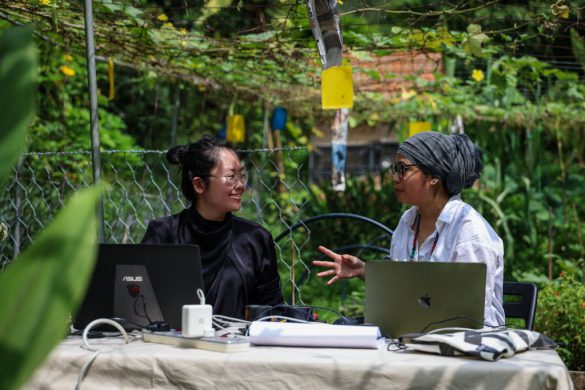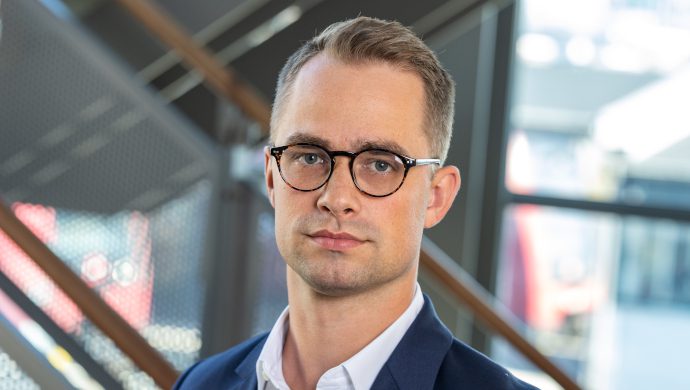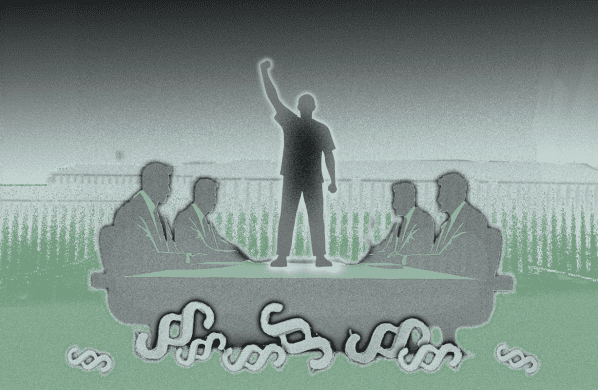An exhibition of work from the French photographer Frederic Brenner entitled “Diaspora: Homelands in Exile” is to open at United Nations Headquarters at 6 p.m., 15 June. The display is taking place in conjunction with the seminar “Confronting anti-Semitism: Education for Tolerance and Understanding”, to be held at the United Nations on Monday next, 21 June.
Since the establishment of the United Nations in 1945 and the adoption in 1948 of the Universal Declaration of Human Rights, the international community has made some important advances in the fight against racism, racial discrimination, xenophobia and related intolerance.
National and international laws have been enacted and numerous international human rights instruments, particularly a treaty to ban racial discrimination, have been adopted. Yet, the dream of a world free of racial hatred and bias remains only partially fulfilled.
Among the different occurrences of intolerance around the world, anti-Semitism is one of the oldest, having existed for more than two thousand years. In recent years, discrimination against Jews as a religious or ethnic group has increased across Europe. Although not confined to Europe alone, this disturbing pattern has included physical assaults on individuals, fire-bombings, window smashing and vandalism of Jewish homes, schools, cemeteries, synagogues, and other community institutions.
Photographer Brennen has been chronicling the Jewish Diaspora in more than 40 countries on five continents – from Rome to New York, from India to Yemen, from Buenos Aires to Bukhara, from Morocco to Ethiopia and from Sarajevo to Vilna. The approximately 80.000 images he has taken comprise the most extensive and diverse record of Jewish life ever created by a single individual.
Trained as a social anthropologist, Frédéric Brenner uses a camera to document Jewish people scattered around the world. He began in 1978 in the orthodox community in Jerusalem, and then embarked on 25 year journey that, in many ways, mirrors that of the Jewish people.
The exhibition is sponsored through a special grant from the Nathans Cummings Foundation and facilitated by the Center for Jewish History. Peter A. Geffen, the Centers Executive Director says, “Brenners photographs create a spiritual humanism through which we may appreciate the enormous diversity of the Jewish people. This exhibit brings the Jewish Diaspora to life with Jews on every continent, speaking virtually every language, and of every color of skin, appearing together in a fascinating pictorial journey of the past 25 years.”
The exhibition is organized by the UN Department of Public Information, the Howard Greenberg Gallery, New York, and the Center for Jewish History. (For information, visit www.cjh.org.) It will be open to the public, with free admission until 9 July (Monday through Sunday from 9:15 a.m. to 4:45 p.m.) in the Visitors Lobby, at United Nations Headquarters. For more information about the exhibition, call 212-963-8531 or 963-1176 or visit the Web site: www.un.org/events/UNART.
Kilde: www.un.org















